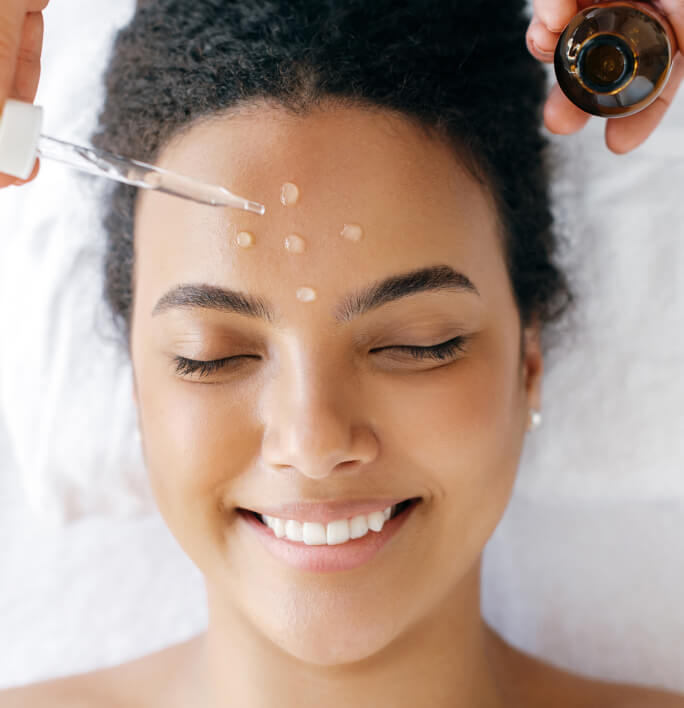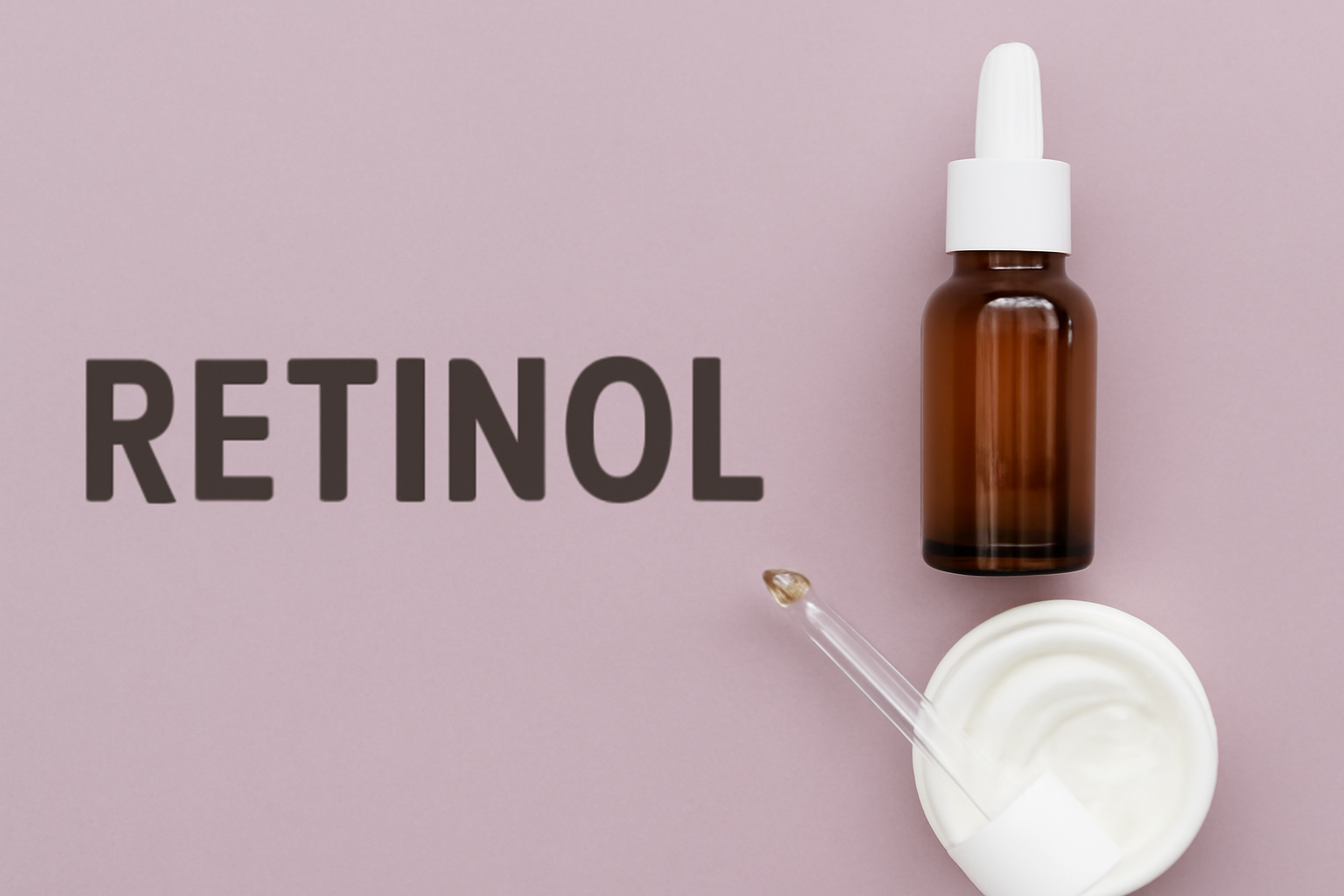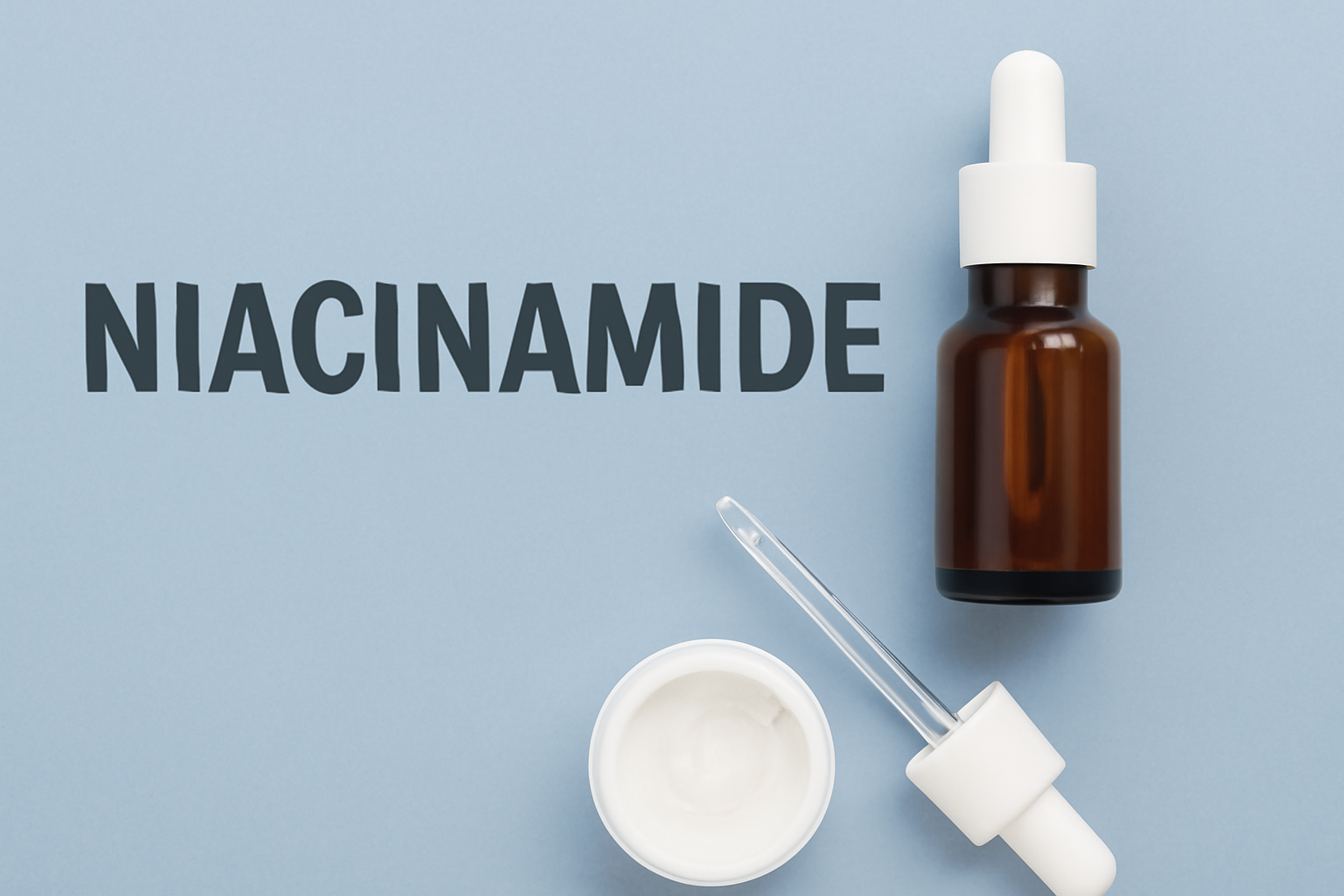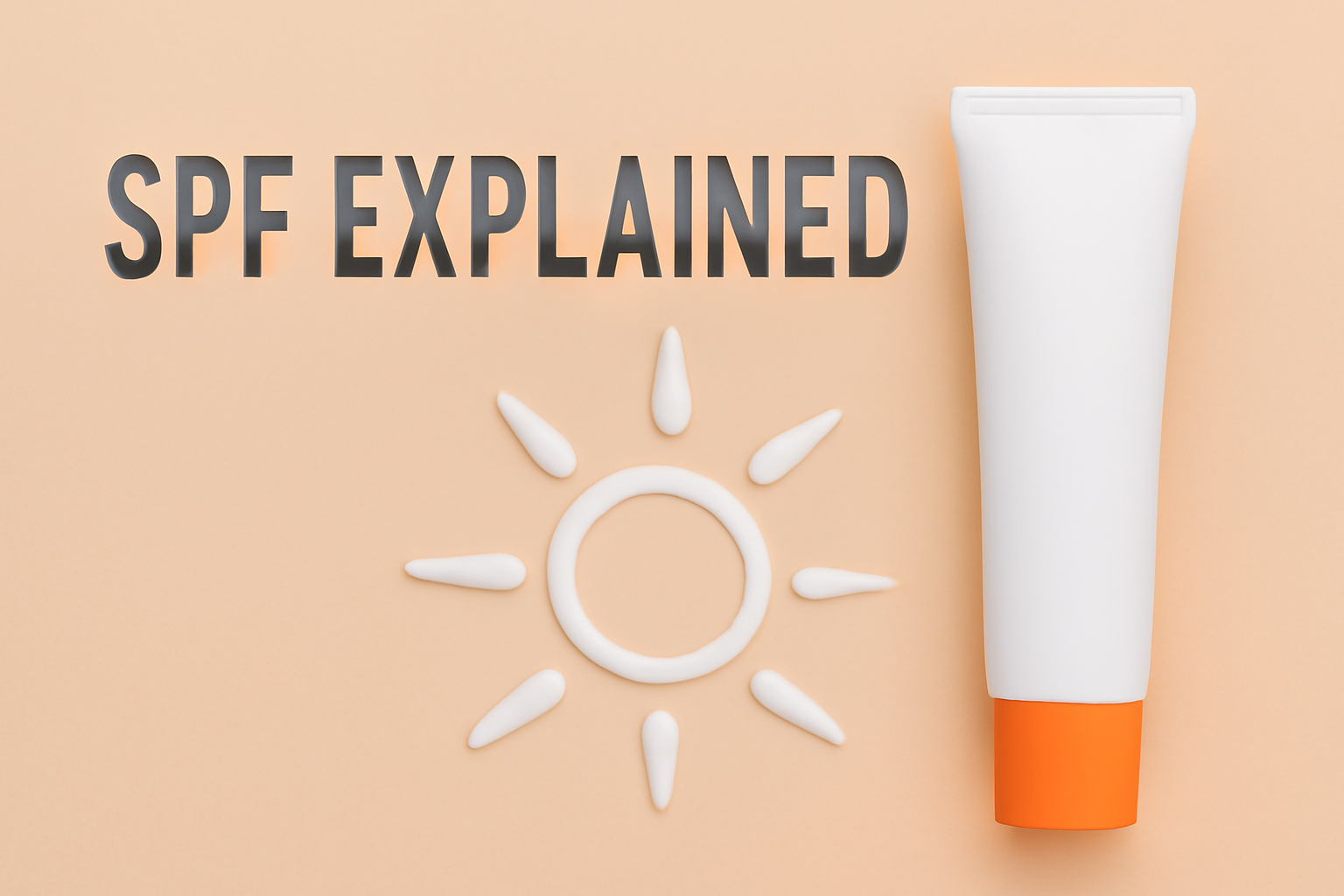You’ve seen the buzzwords — but do you know what they really do? Our Ingredient Secrets pages break it down. No science degree needed. Understand what works, what’s hype, and how to choose the right products.

01
02
03
04
05
Summary:
What It Is: A vitamin A derivative that speeds up cell turnover.
What It Does: Reduces wrinkles, fades dark spots, treats acne.
What to Watch For: Can cause dryness, peeling, or irritation in the beginning. Start slow.
Pro Tip: Use at night, always wear SPF during the day.

Summary:
What It Is: A moisture-binding molecule naturally found in your skin.
What It Does: Plumps and hydrates, reduces fine lines, improves elasticity.
Works Well With: Ceramides, Vitamin C, Niacinamide.
Watch Out: Needs to be applied to damp skin and sealed with a moisturizer.

Summary:
What It Is: A form of Vitamin B3.
Benefits: Minimizes pores, evens skin tone, regulates oil, and reduces redness.
Pairs Well With: Retinol, Hyaluronic Acid, Peptides.
What Real Users Say:

Summary:
What SPF Means: Sun Protection Factor — measures how well a product protects against UVB rays.
Types:
Mineral SPF: Uses zinc oxide or titanium dioxide. Gentle, reef-safe.
Chemical SPF: Absorbs UV rays. Lightweight, often invisible.
SPF 30 vs SPF 50:
SPF 30 blocks ~97% of UVB
SPF 50 blocks ~98%
Daily Tip: Reapply every 2 hours when outdoors. Use even on cloudy days.

Not every “miracle” ingredient works for everyone. Know the risks before you apply.
May sting or cause redness, especially if layered with exfoliating acids.
Natural doesn’t mean safe. Can trigger allergies or breakouts in sensitive skin.
Often causes irritation, especially for rosacea or eczema-prone skin.
Download our free PDF guide, and become your own beauty expert.

Discover clean, ethical, and expert-backed beauty rituals. From skincare secrets to glam tutorials — your journey to radiant beauty starts here.